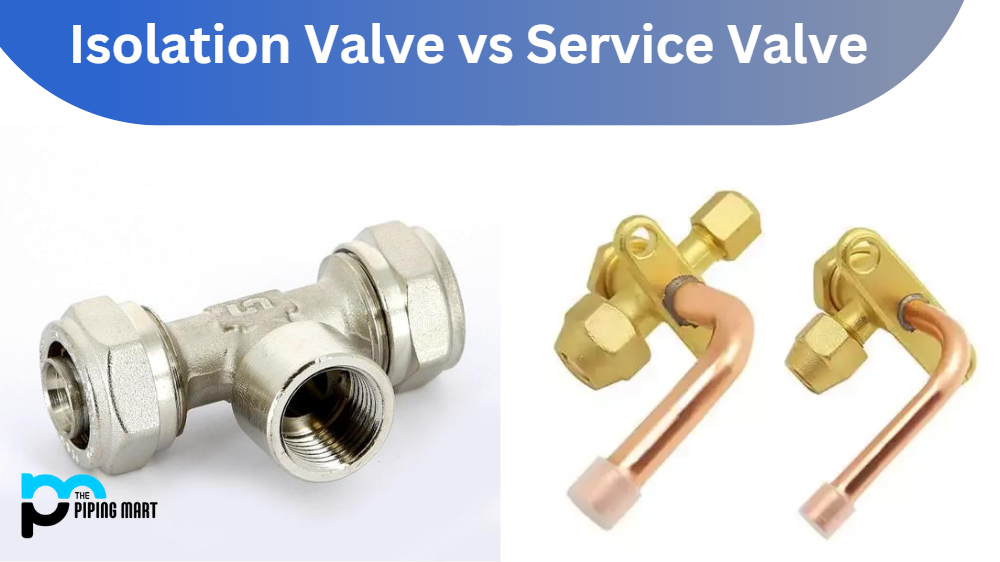The bushing is a mechanical component widely used across industries to reduce friction, minimize wear and tear, and provide a cushioning effect. Bushings come in different materials, shapes, and sizes and can be used in various types of equipment, from machinery, vehicles, and appliances to power tools and electronic devices. But like all things in life, bushings have their advantages and disadvantages. In this blog post, we’ll examine the pros and cons of using bushings in your equipment so you can make an informed decision based on your needs and requirements.
Advantages of Bushings:
Reduced Friction – Bushings are designed to reduce friction between two moving parts, which can improve the efficiency and performance of your equipment. Reduced friction means less heat, wear and tear, and energy consumption, saving you money in the long run.
Increased Precision – Bushings can also improve the precision and accuracy of your equipment, as they provide stable and consistent support for the moving parts. This can lead to better control, smoother operation, and enhanced quality of your products or services.
Greater Durability – Bushings can also increase the durability and longevity of your equipment, as they protect the components from wear and tear, corrosion, and impact damage. This can reduce the need for maintenance and repair, improve uptime, and ensure a longer lifespan for your equipment.
Versatile – Bushings can be made from a wide range of materials, such as bronze, steel, nylon, Teflon, or graphite, depending on your equipment’s specific requirements. This versatility allows you to choose a bushing material that suits your needs regarding temperature, chemical resistance, load capacity, and other factors.
Disadvantages of Bushings:
Potential for Misalignment – The biggest disadvantage of bushings is that they may allow for misalignment between the moving parts, especially if they are not installed properly or if there is too much play or clearance. This misalignment can cause increased wear and tear, poor performance, and even equipment failure.
Limited Radial Load Capacity – Some bushings have a limited radial load capacity, which means they can only withstand a certain amount of pressure or force before they deform or fail. This can lead to premature wear and tear, reduced efficiency, and increased maintenance costs.
Requires Lubrication – Some types of bushings require lubrication to reduce friction and prevent damage, which can add to your equipment’s maintenance and operating costs. Over-lubrication or under-lubrication can also have negative effects, such as reduced performance, increased wear and tear, or even contamination of your equipment.
Cost – Depending on the bushing’s type, shape, and size, the cost can vary greatly, from a few dollars to hundreds of dollars. This cost may be prohibitive for some equipment owners, especially if they need to replace multiple bushings or use specialized or custom-made bushings.
Conclusion:
Bushings can offer many benefits: reduced friction, increased precision, greater durability, and versatility. However, they also come with disadvantages, such as the potential for misalignment, limited radial load capacity, lubrication requirements, and cost. It’s important to weigh these pros and cons when choosing whether to use bushings in your equipment. Consider factors such as the type and size of your equipment, the operating conditions, the maintenance requirements, and the budget. By doing so, you can make an informed decision that will benefit your equipment, your performance, and your bottom line.

Meet Bhavesh, a seasoned blogger with a wealth of knowledge and experience. From metal products manufacturing to retail, Bhavesh has a diverse background in various industries and is dedicated to sharing his insights and expertise with readers.




